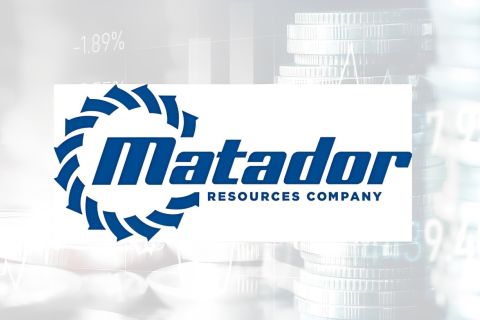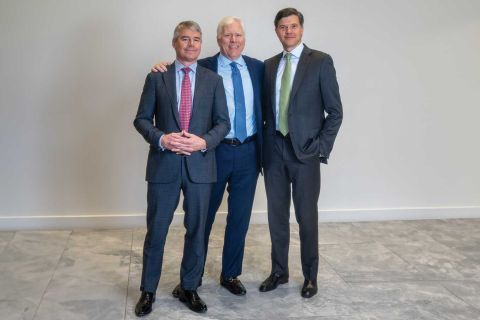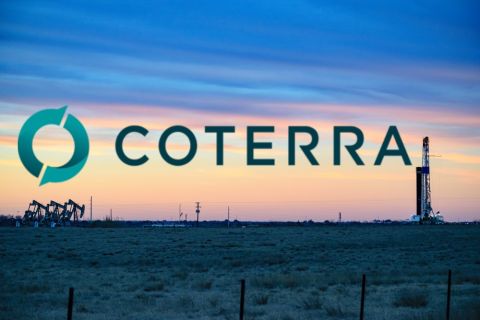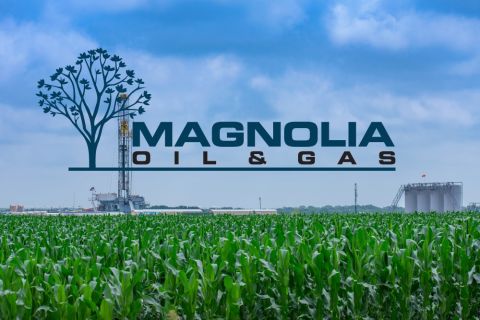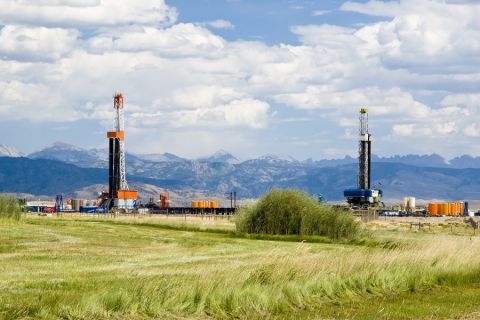The oil and gas industry often is accused of dragging its feet when it comes to adopting new technology. The long-standing joke is that nobody wants to have serial number one, and everybody wants serial number two.
So the fact that Suncor Energy has made the move to use self-driving trucks on its oil sands operations in northern Alberta is a milestone worth looking into.
In January Suncor announced that it would begin phasing in autonomous haulage systems with the goal of deploying more than 150 vehicles over the next six years. According to the company, this is one of the largest investments in electric autonomous vehicles in the world.
Studies indicate autonomous technology offers advantages over existing truck and shovel operations, including enhanced safety performance, better operating efficiency and lower operating costs.
All vehicles entering an area where autonomous haulage systems are working are equipped with GPS location technology and can be monitored from a control center to mitigate the risk of contact between manned and unmanned units. The trucks drive on predefined routes and react if there is an obstacle in the way. Unlike manned trucks, an autonomous haulage system can operate 24/7, stopping work only for maintenance and refueling.
Hands-off technology is gaining ground offshore as well. One interesting example is a subsea project that was completed in late 2017 by Newton Labs, which recorded its first subsea project using the recently released M3200UW subsea and marine laser scanner. The unit was used in conjunction with the company’s short-range M210UW scanner and deployed with tools designed and engineered by Ashtead Technology. On contract for Subsea 7, the units captured scans in water depths of 110 m (361 ft) on Chevron’s Captain Field in the U.K. North Sea.
Newton’s M210UW ultrahigh-resolution short-range underwater laser scanner and a horizontal mapping survey using the longer-range M3200UW unit captured more than 100 short- and long-range scans that were used to generate a 3-D model of a casing structure. The short-range M210UW scanner delivers high-detail underwater inspection and measurements through optical triangulation. The projected laser line sweeps the target surface while a high-resolution camera captures and records the visual data to create a point cloud 3-D model. According to the company, the system can operate with either a scanning or a fixed laser line to measure underwater objects to 0.02- mm accuracy.
While this survey was carried out using divers, the scanners can be controlled by ROVs as well.
Interestingly, although the scanners were designed for use in water, they also can operate in air.
And on the subject of aerial advances, a drone flown by Canada’s SkyX Systems Corp. recently completed an unmanned data collection flight of 100 km (62 miles) over a gas pipeline in Mexico. The robotic flight was programmed and monitored from the company’s Greater Toronto Area SkyCenter mission control and supported by a crew of engineers on the ground in Mexico.
Using high-resolution imagery, the longest of multiple flights identified more than 200 potentially significant anomalies along the length of the remote pipeline, ranging from unauthorized buildings and cultivation to a fissure possibly caused by seismic activity.
On the Mexico pipeline project, a single drone gathered data in a little more than an hour, which would have normally taken a person more than a week.
Amazing advances in autonomous technology are changing oil and gas industry operations. On land, in water and in the air, these technologies are taking people out of harm’s way and delivering faster and more precise results than ever before.
Recommended Reading
Matador Stock Offering to Pay for New Permian A&D—Analyst
2024-03-26 - Matador Resources is offering more than 5 million shares of stock for proceeds of $347 million to pay for newly disclosed transactions in Texas and New Mexico.
Petrie Partners: A Small Wonder
2024-02-01 - Petrie Partners may not be the biggest or flashiest investment bank on the block, but after over two decades, its executives have been around the block more than most.
CEO: Coterra ‘Deeply Curious’ on M&A Amid E&P Consolidation Wave
2024-02-26 - Coterra Energy has yet to get in on the large-scale M&A wave sweeping across the Lower 48—but CEO Tom Jorden said Coterra is keeping an eye on acquisition opportunities.
CEO: Magnolia Hunting Giddings Bolt-ons that ‘Pack a Punch’ in ‘24
2024-02-16 - Magnolia Oil & Gas plans to boost production volumes in the single digits this year, with the majority of the growth coming from the Giddings Field.
E&P Earnings Season Proves Up Stronger Efficiencies, Profits
2024-04-04 - The 2024 outlook for E&Ps largely surprises to the upside with conservative budgets and steady volumes.

